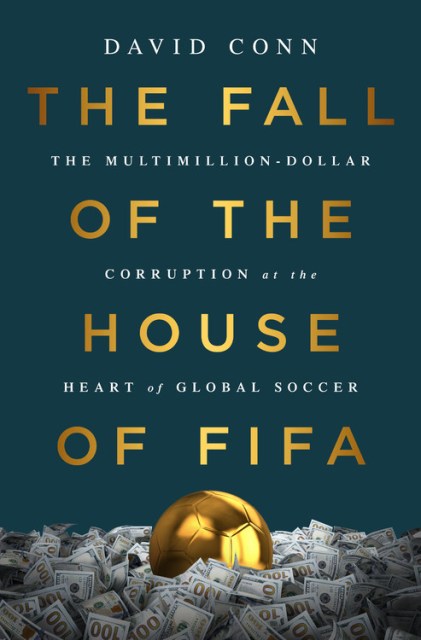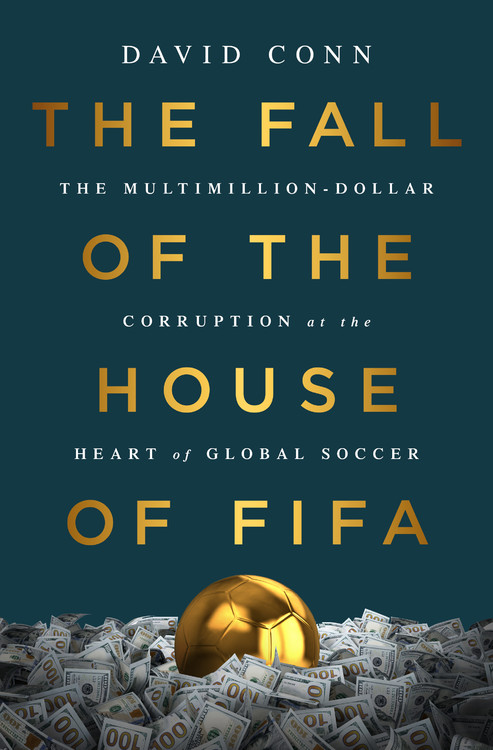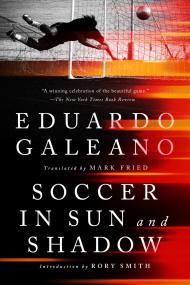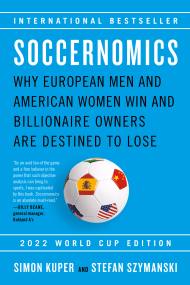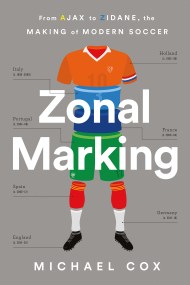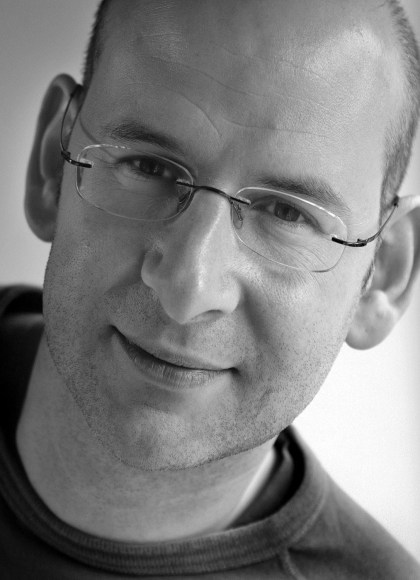Promotion
25% off sitewide. Make sure to order by 11:59am, 12/12 for holiday delivery! Code BEST25 automatically applied at checkout!
By clicking “Accept,” you agree to the use of cookies and similar technologies on your device as set forth in our Cookie Policy and our Privacy Policy. Please note that certain cookies are essential for this website to function properly and do not require user consent to be deployed.
The Fall of the House of FIFA
The Multimillion-Dollar Corruption at the Heart of Global Soccer
Contributors
By David Conn
Formats and Prices
- On Sale
- Jun 20, 2017
- Page Count
- 336 pages
- Publisher
- Bold Type Books
- ISBN-13
- 9781568585963
Price
$38.00Price
$48.00 CADFormat
Format:
- Hardcover $38.00 $48.00 CAD
- ebook $16.99
- Audiobook Download (Unabridged)
This item is a preorder. Your payment method will be charged immediately, and the product is expected to ship on or around June 20, 2017. This date is subject to change due to shipping delays beyond our control.
Buy from Other Retailers:
David Conn writes the definitive account of FIFA’s rise and fall, covering in great detail the corruption allegations and the series of scandals that continued to shake the public’s trust in the organization. The Fall of the House of FIFA situates FIFA’s unraveling amidst revealing human portraits of soccer legends such as Michel Platini and Franz Beckenbauer and features an exclusive interview with former president Sepp Blatter. Even as he chronicles the biggest sport scandal of all time, Conn infuses the book with a passionate love of the game, delivering an irresistible read.
Genre:
-
"[Conn's] study of Sepp Blatter and other football officials is full of startling material and has cumulative power."The Guardian
-
"Conn left no stone unturned, skillfully re-creating a time line of the corruption that threatened the very integrity of the game. His meticulous research and smooth writing style bring this unseemly chapter in FIFA history to a close, with realistic hope for the future of the most popular sport on earth....This is the conclusive account of the recent international FIFA scandal. As we look ahead to the 2018 World Cup, this is also a timely reminder that money and power are always a threat to high ideals in sports."Library Journal
-
"When an award-winning journalist like David Conn speaks, you listen. When Conn writes a book, you read it. That's certainly the case with The Fall of the House of FIFA....It's easily the most comprehensive text ever written with regards to the history of FIFA and the recent corruption scandal that rocked the world's most popular sport.....This book is incredibly enjoyable, an experience you won't soon forget. It's a must-read for any soccer fan or even those interested in sports business or old-fashioned investigative journalism. You can't go wrong with this one!"International Soccer Network
-
"[Conn's] book shows that the saga of world soccer's governing body since the 1970s has foreshadowed geopolitical shifts, notable the waning of the political and economic dominance of the West."The New York Reviewof Books
Newsletter Signup
By clicking ‘Sign Up,’ I acknowledge that I have read and agree to Hachette Book Group’s Privacy Policy and Terms of Use
